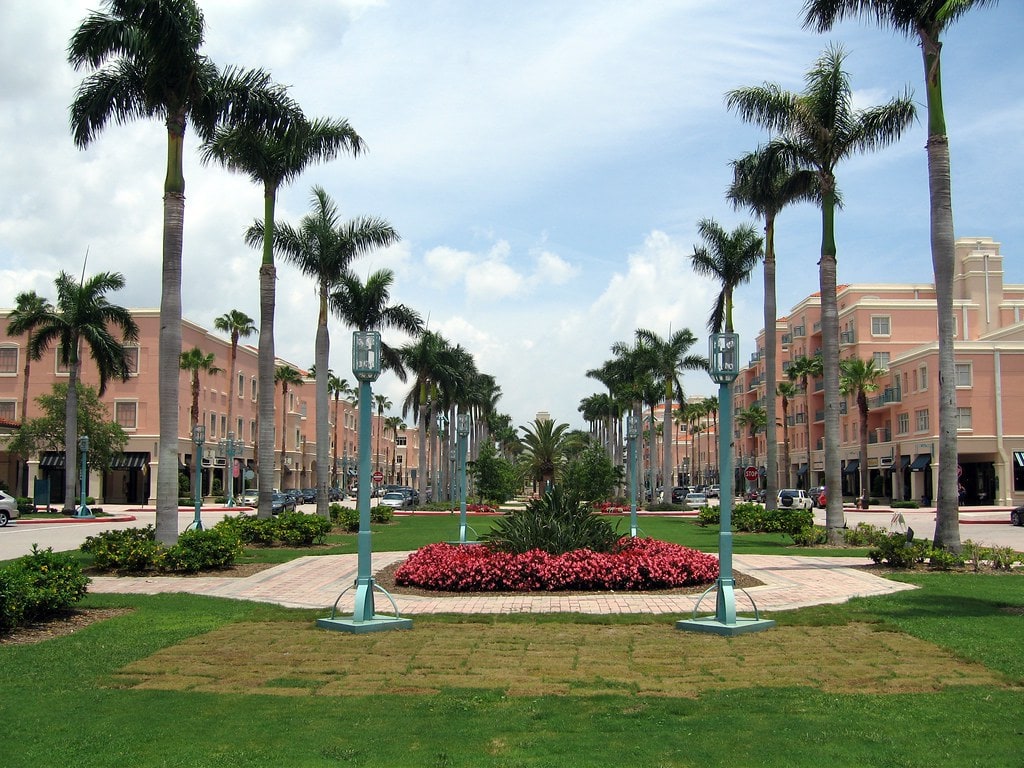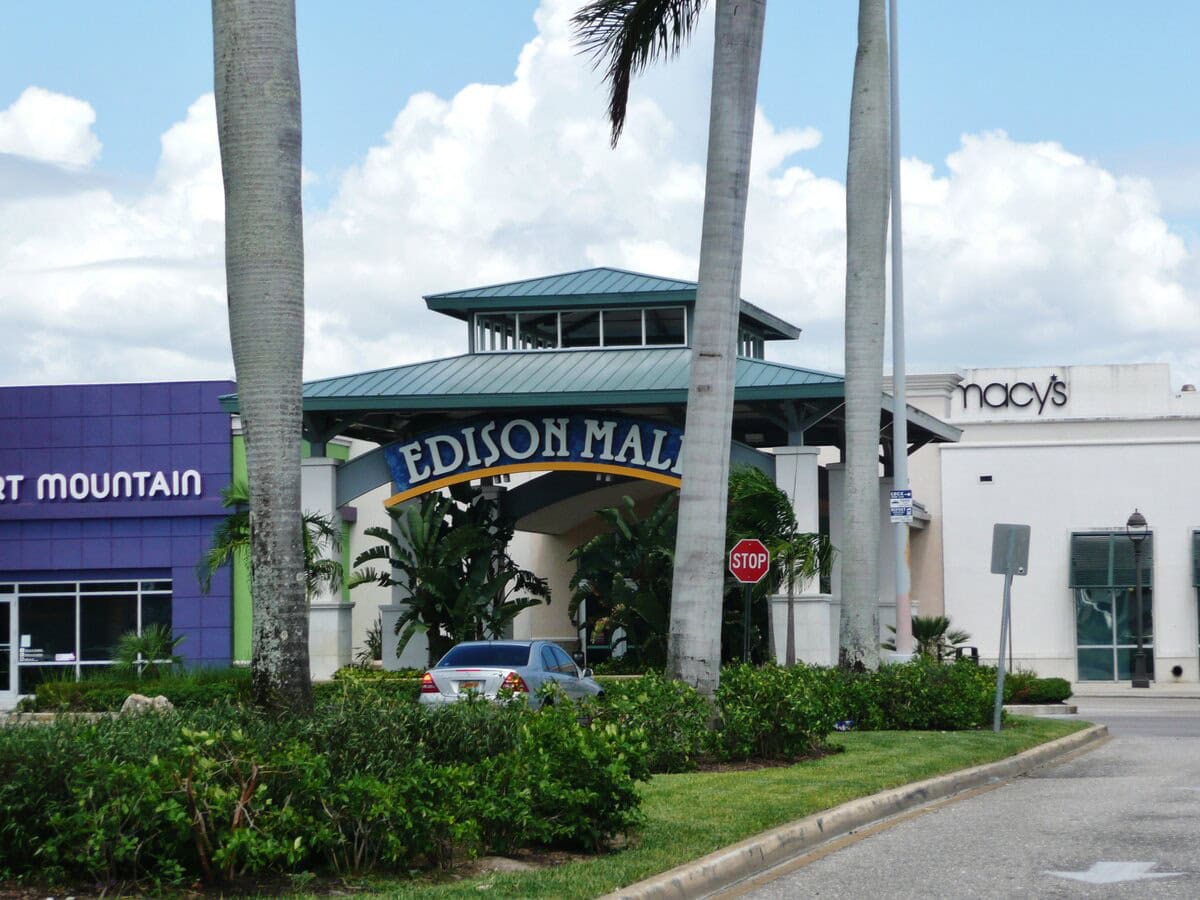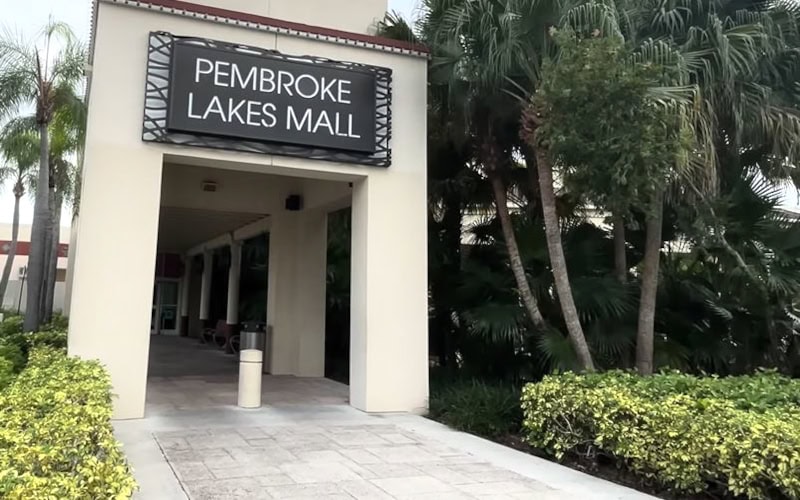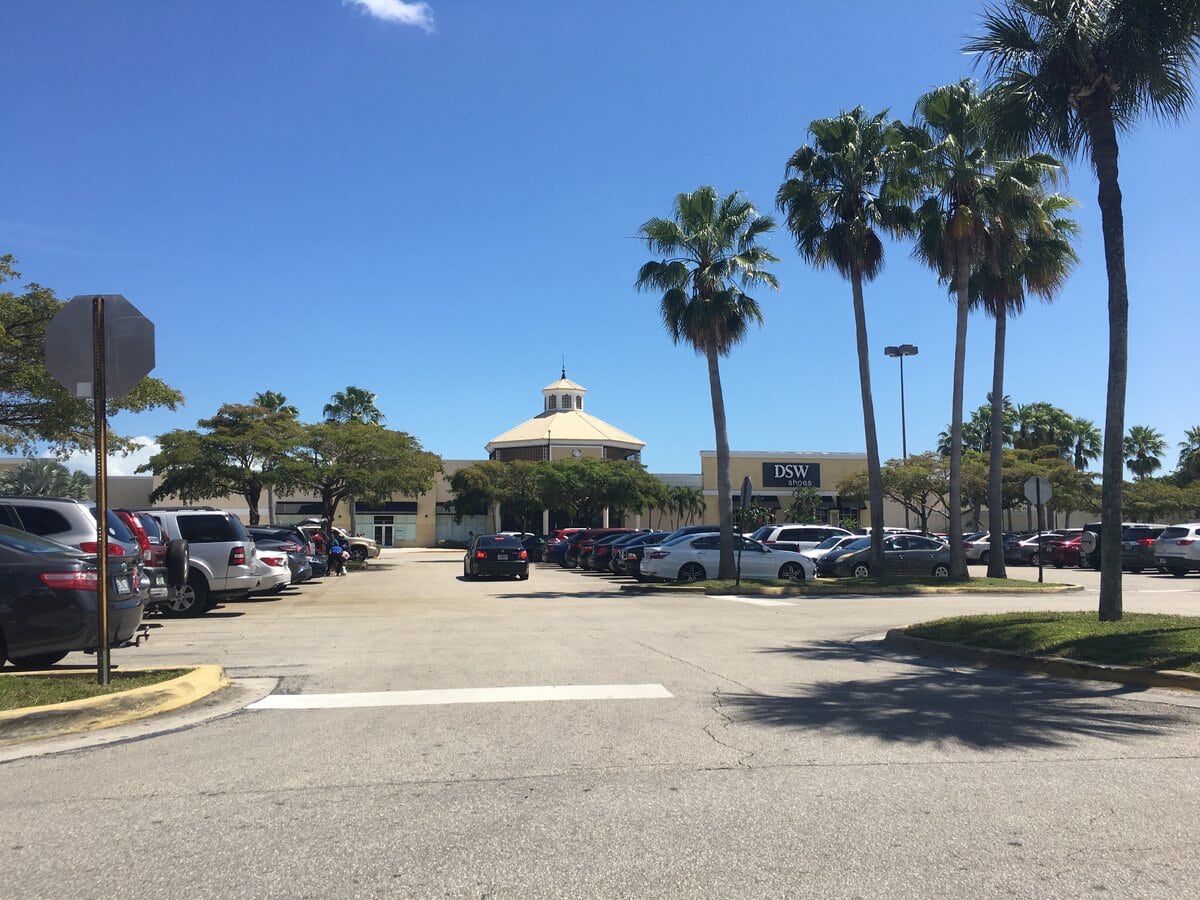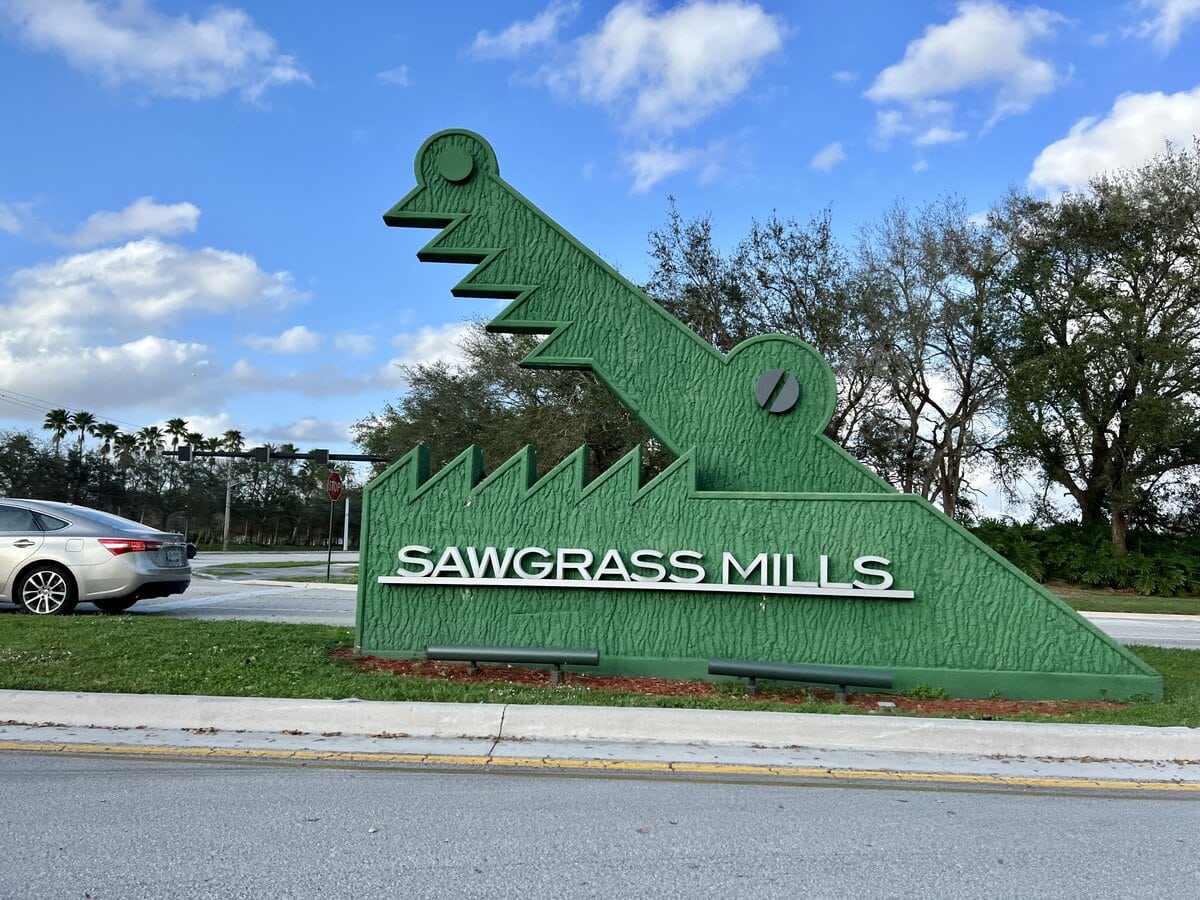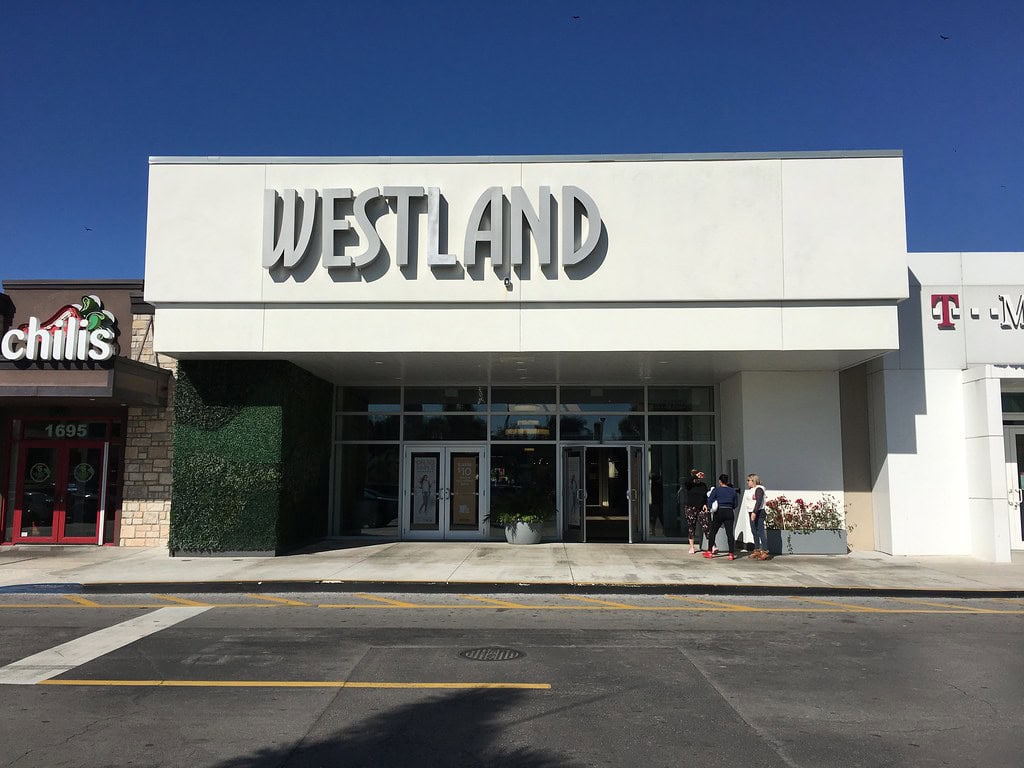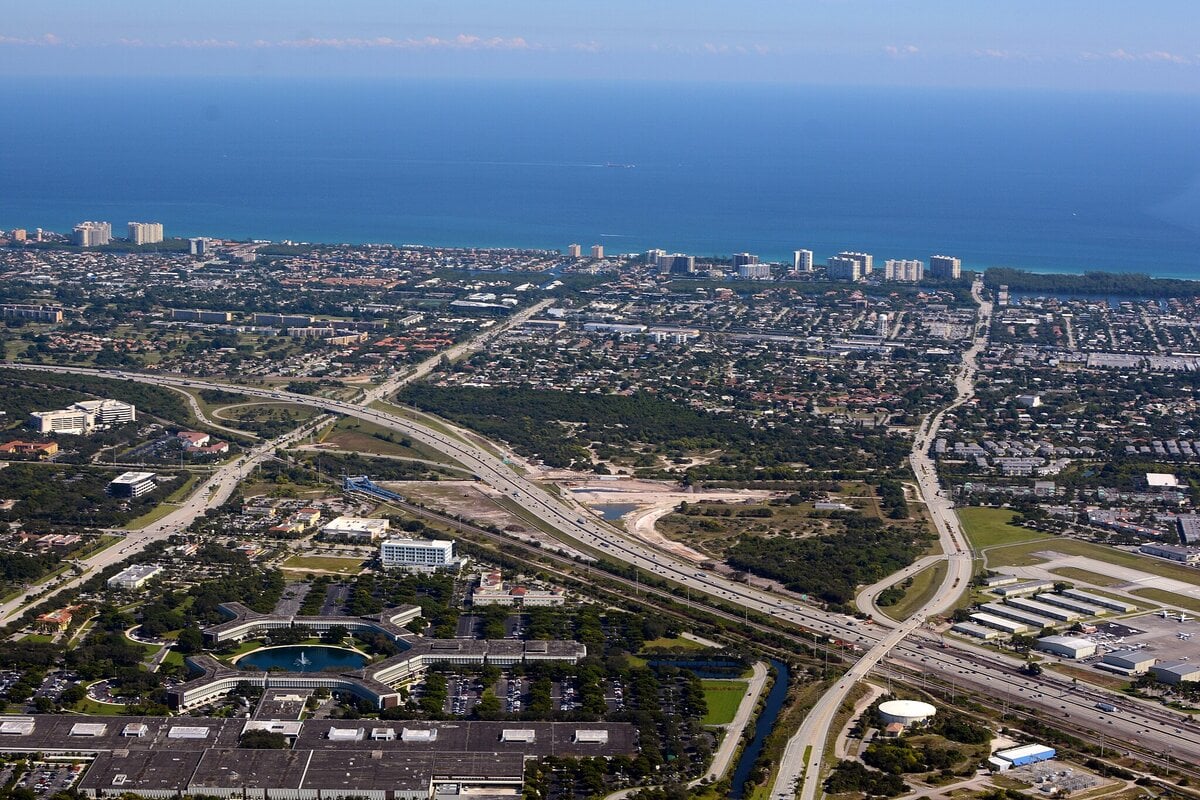The Seaside Mall That Shouldn't Have Worked
Bal Harbour Shops didn't begin as a luxury mall. In fact, the ground beneath it once held a U.S. Army barracks and POW camp.
That was before Stanley Whitman paid $2 per square foot for the land in 1957, a record price for retail property at the time.
Today, shoppers might pass Cartier or Saint Laurent without knowing any of that.
But the contrast is real. If you are looking for things to do in Miami, Florida, this open-air mall carries more history than its boutiques let on.
Land Purchase, Layout, and Launch (1957-1965)
The site sat at 9700 Collins Avenue, in a small oceanfront municipality that shared borders with Surfside and Bay Harbor Islands.
Developers elsewhere were still working with enclosed malls and suburban parking formulas.
Whitman planned something else entirely.
He originally hired Victor Gruen, a mall architect known for suburban designs. That relationship ended.
Instead, the design went to Herbert H. Johnson, a Miami-based architect who knew the weather, the zoning limits, and the glare of oceanfront property.
Johnson shaped the project around walkability, fresh air, and direct access to high-end tenants.
There were no elaborate entry towers or multiplexes.
Bal Harbour Shops opened in 1965 with an early tenant list that leaned toward upper-income clientele: FAO Schwarz, Abercrombie & Fitch, and Martha's, a fashion salon with ties to European designers.
The mix felt more like a curated street in Milan than a mall in Florida.
Yves Saint Laurent and Gucci moved in shortly after.
The Whitman family retained full ownership and control. That has never changed.
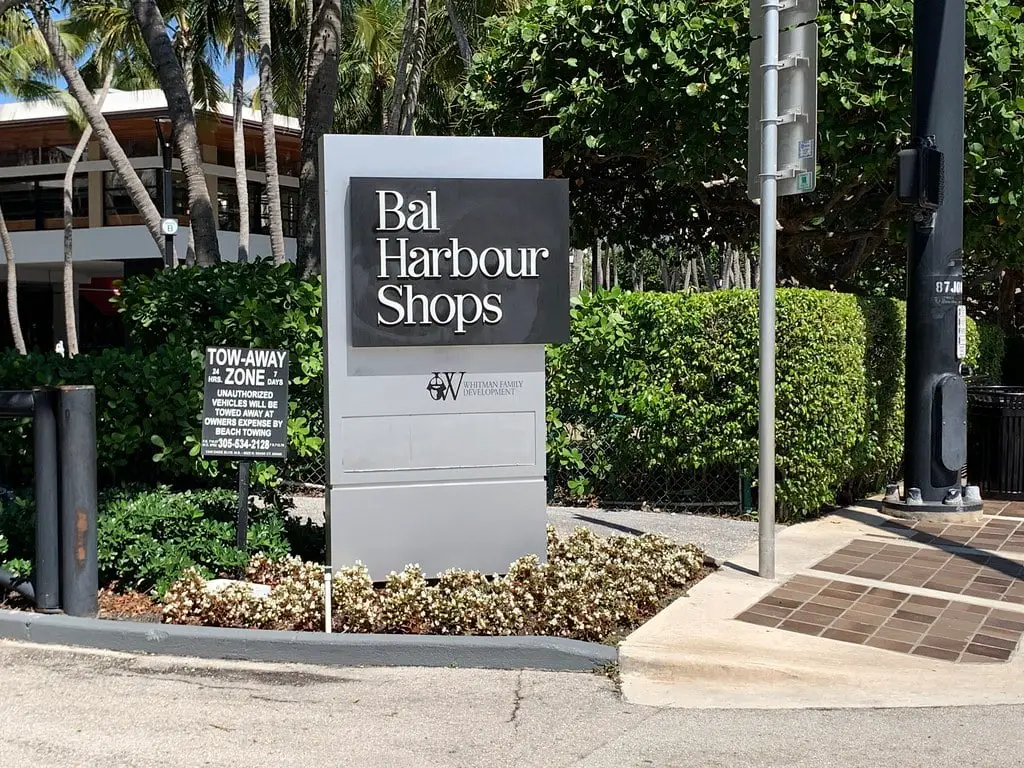
Anchors, Air Rights, and the Climb in Revenue (1971-2013)
Neiman Marcus came in 1971. Saks Fifth Avenue followed in 1976. They didn't arrive quietly, but they didn't come with ribbon cuttings either.
Their leases shifted the center's weightless gallery, more engine.
Gucci entered in 1977 and filled the line between fashion showcase and revenue machine.
In 1982, the Whitmans did what few retail developers dared: they built up.
A second floor, 100,000 square feet, went in by 1983.
The design had anticipated it. The permits had been banked. No demo is required, no stylistic detour.
The new level mirrored the first, slotting into the structure without disrupting its pace or design language.
Sales responded on cue. By 1987, Bal Harbour Shops was pulling in $1,000 per square foot.
That number held. It didn't flatten. By 2002, the figure climbed to $1,350.
In 2008, it cleared $2,000. These weren't promotional lifts or seasonal spikes.
The average is held through recessions, holiday booms, and fashion cycles.
Tenants weren't rotating in and out; they stayed.
In 2012, a deal with Church by the Sea gave the Whitmans development control in exchange for building a new church complex on Kane Concourse.
One year later, they entered an equity partnership with Swire Properties to shape the 500,000-square-foot retail core of Brickell CityCentre.
Neither move diluted the core model. Bal Harbour stayed lean.
Just control of square footage and retail velocity, adjusted at the pace of long leases and stable margins.
Debt-Funded Expansion and a Tight Build (2017-2024)
In 2017, Bal Harbour Shops secured $550 million for expansion. It wasn't an overhaul.
It was a calculated stretch, 241,600 square feet of new retail and restaurant space built into the existing structure with no cosmetic packaging.
This wasn't a pivot. The layout stayed open-air. The flow stayed flat. Nothing about the build asked the site to become something else.
A third anchor space entered the grid. Parking decks went vertical and out of sight. Courtyards were redrawn, not replaced.
Elevation lines shifted to meet ADA access, not to attract trend-hunting architects.
The bones didn't change. The additions stayed in rhythm with the original 1965 footprint.
Sales didn't slip during construction. By 2022, numbers climbed to $3,400 per square foot, no margin decline.
No anchor exits. The list of tenants didn't rotate. No bailouts were needed to keep lease terms alive.
In 2023, during the New Year's holiday season, Whitman Family Development dropped a pop-up in Raleigh under the Bal Harbour Shops name.
One city. One retail preview. There was no replication plan behind it.
It wasn't a pilot for national rollout. It was a test: how far the name could travel without the site.
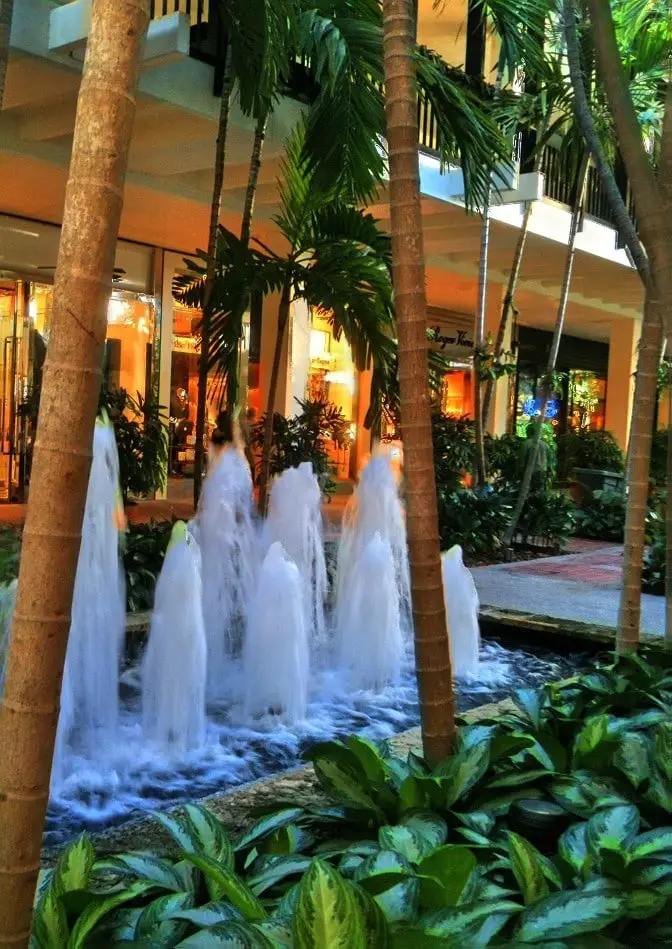
Legal Tension and Zoning Pushback (2024)
In early 2024, Whitman Family Development filed a new proposal, 600 residential units and a 70-room hotel, folded into the existing Bal Harbour Shops site.
The plan came under Florida's Live Local Act, a state law aimed at fast-tracking mixed-use projects that incorporate housing.
The catch was the height. At 275 feet, the proposed structure stood far above what local zoning allowed.
Residents didn't wait long to respond.
Objections landed quickly, most focused on scale and shadow, the kind of things that sound abstract until they reach your backyard.
Village officials signaled their intent to slow or block the project entirely, opening the door to a formal moratorium.
In response, Whitman Family Development filed suit.
The legal filing marked the first known challenge brought under the Live Local Act by a developer against a municipality.
It wasn't a media stunt or a PR move.
It was a tactical use of new state law to push through a long-held expansion plan that had stalled under traditional local processes.
The lawsuit didn't pause the Shops' operations. Sales and leasing stayed intact.
However, it opened a different kind of conversation about land use, one that tied luxury retail to housing policy, municipal authority, and state override mechanisms.
The site, for the first time since its original zoning fight in the 1960s, became the center of a public legal standoff.
Legacy Metrics and Controlled Growth
Unlike most malls, Bal Harbour never flipped toward entertainment: no movie theaters, no food halls, no carnival anchor tenants. Retail stayed retail.
The outdoor structure filtered the tenant list by default; only brands that could handle salt air, weather exposure, and premium rent survived.
The Whitman family still manages the site directly.
That control has kept outside ownership out of the picture and allowed tenant curation to remain internal.
When labels rotated, it was by design. There were no quarterly panic fills or seasonal pop-ups to backfill square footage.
Other developers studied the model. Some tried to copy the open-air structure. Others borrowed the brand filter. Few matched the margins.
What stayed clear, decade after decade, was the strategy: limited space, high cost, long leases, no sales rack.
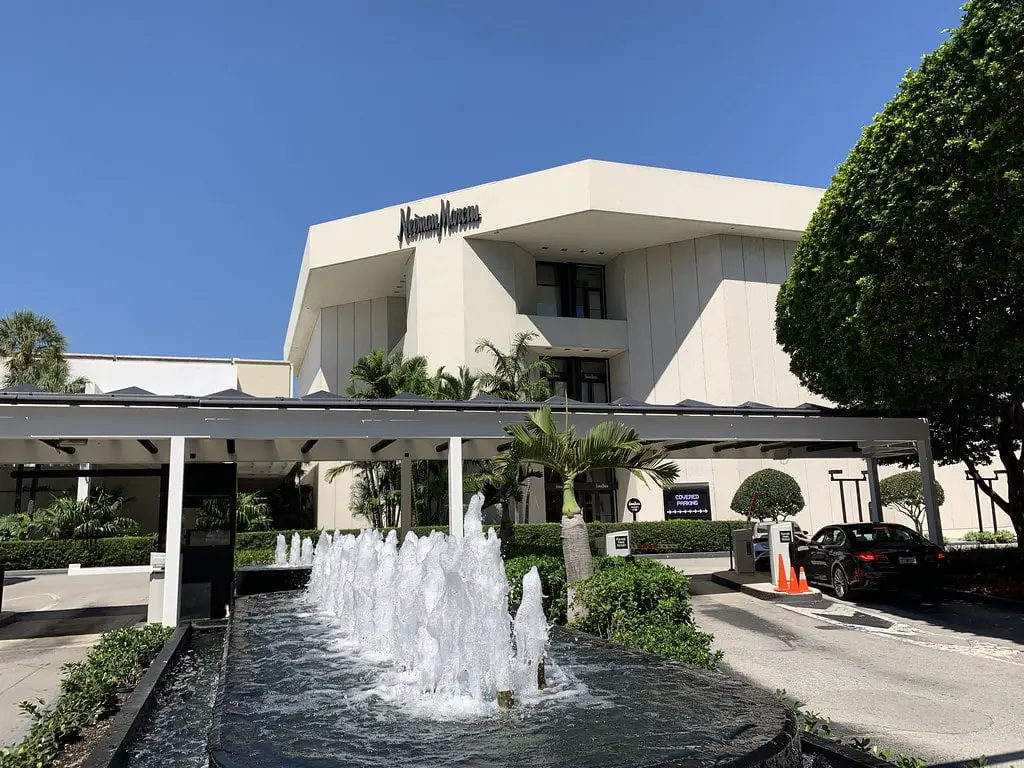
Anniversary Optics, Retail Moves, and External Footing (2024-2025)
Bal Harbour Shops turned sixty in 2025. The celebration wasn't loud, but it wasn't minor either.
Flower installations lined the walkways. Fundraisers were staged under striped umbrellas.
Retailers didn't need prompting. New leases moved ahead. Loewe signed on.
Silvia Tcherassi took a unit.
Tiffany & Co. broke ground on a two-story buildout designed by Peter Marino, a footprint that doubled its original space.
The anniversary events ran parallel to the strategy.
Thirty-five more stores are set to open by 2026.
Le Zoo, a French brasserie tied to Starr Restaurants, announced its closure after ten years.
The dining footprint won't stay vacant. A new concept is on deck, scheduled to open later in 2025.
Elsewhere, the brand moved.
The Bal Harbour Shops Access Pop-up toured markets with enough disposable income to matter: West Palm Beach, Sandestin, Charleston, and Asheville.
The containers came dressed in palm fronds and branded panels.
Inside, Dolce & Gabbana, Balmain, Tiffany. Outside, on-site dining and terrace seating.
Charleston's run wrapped in April 2025. There were no postmortems.
The pop-up did its job. It traveled, sold, packed, and left.
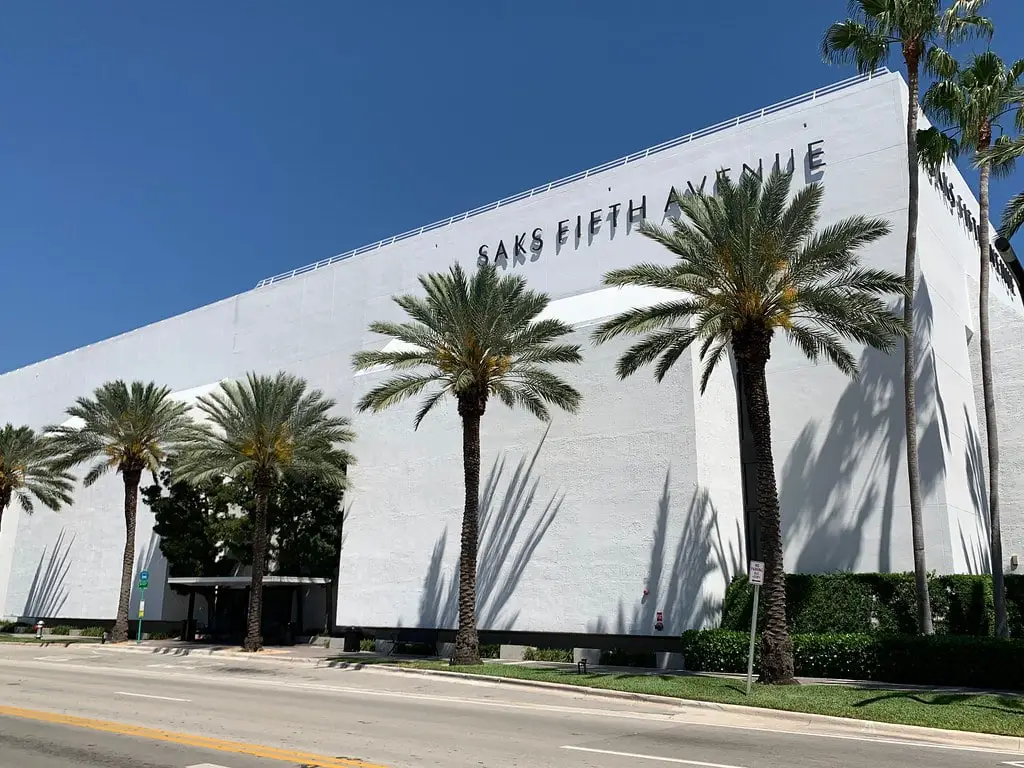
🍀

